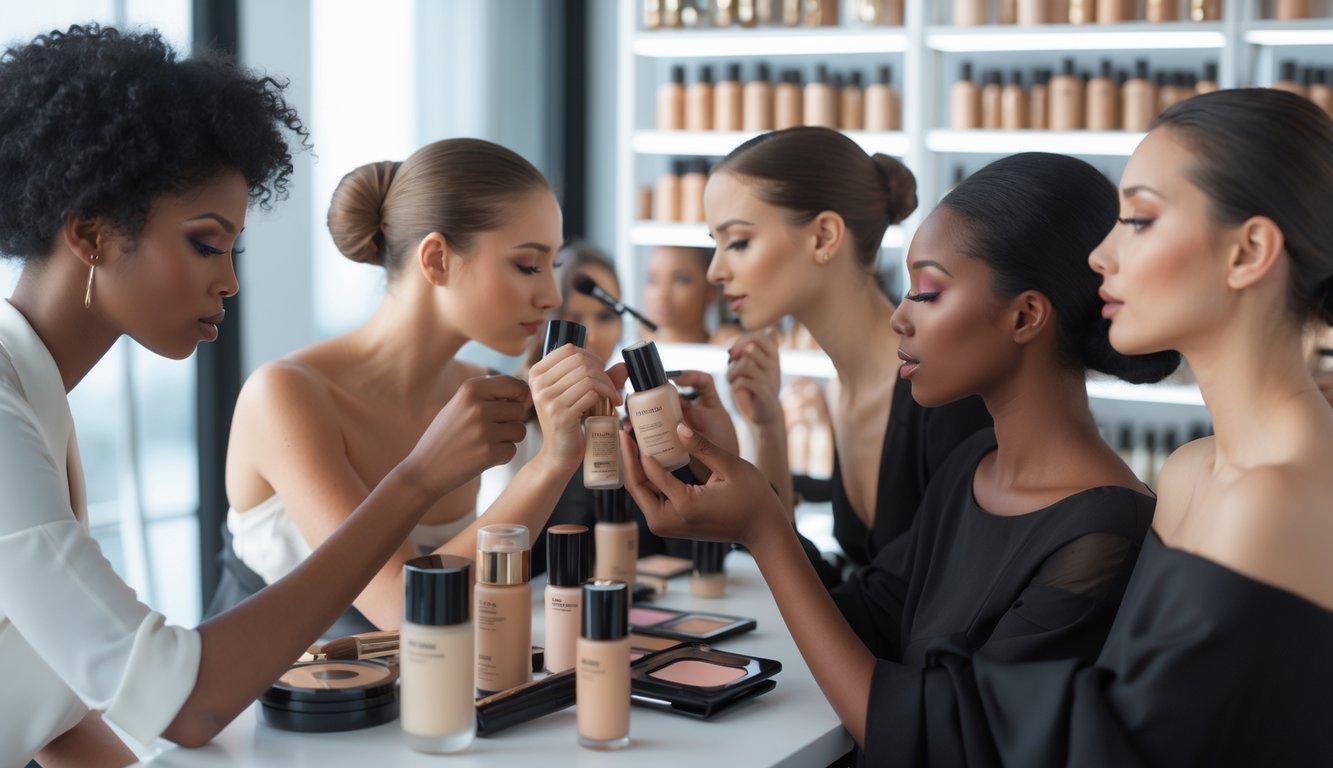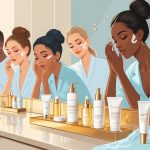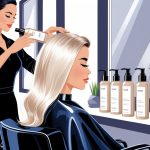Foundation Shade Swaps Makeup Artists Secretly Rely on for Natural Results
Makeup Artists’ Go-To Foundation Shade Swaps
Let’s be honest—nobody gets their shade right on the first try, not even the people who get paid for this. I watched an artist grab three bottles just to fix a “universal” shade. There is no universal. It’s all chaos.
Expert Strategies for Seamless Blending
I think chaos is the whole point. Half the time, I end up using someone else’s shade because mine’s missing and just make it work. If you’ve ever mixed two foundations without even checking undertones, you’re in good company. No client’s skin is textbook. Mix cool and warm, slap some NARS Sheer Glow in Fiji with a bit of MAC Studio Fix NC30, blend with whatever sponge is clean, and pray it looks okay under the bathroom lights.
Those “swatch on jawline only” rules? Useless. Real matching happens somewhere between your cheek, neck, and maybe your ear. Artists—real ones—add moisturizer or sunscreen to a too-matte foundation to avoid cake-face and flashback. It’s all trial and error. I read a Temptalia poll (2019, I think?)—most people own three shades of their “main” base. Show me a pro who doesn’t travel with five tubes and I’ll eat my brush.
Tried-and-True Products Pros Swear By
Forget influencer “holy grails.” Backstage, it’s always MUFE Ultra HD, MAC Face & Body, L’Oréal True Match. My kit? NARS Radiant Longwear, always, plus a drop of Maybelline Fit Me Matte, maybe a little moisturizer. The secret nobody says out loud: the $9 foundation works just as well as the $50 one, as long as you can tweak the undertone.
Match My Makeup? It’s fine, I guess, if you hate swatching in-store. I know a pro who keeps a spreadsheet of foundation matches, undertones, and texture notes. Years of trial, error, and bridal party meltdowns. Sometimes I just grab a concealer two shades lighter, mix it with leftover BB cream, and somehow it looks perfect. There’s no method, just experience (and a lot of fixing other people’s mistakes).
Foundation Shade Matching in Natural Light
Foundation doesn’t care about your fancy bathroom lights. Daylight always exposes the truth. I’ve loved a shade in my bedroom mirror, stepped outside, and suddenly I’m auditioning for clown school. If you don’t check your match in natural light, you’re just asking for regret.
Why Lighting Matters for Natural Results
Dragging my whole kit to the window is annoying, but it’s the only way. Bathroom lights? Yellow, green, weird shadows. Foundation turns orange or chalky. Even makeup counter lights are nothing like what you’ll see at home.
Match My Makeup did a survey (2023, 500 artists, if you care)—almost 90% use natural light to check shades. I shadowed a London artist once—Janice, I think?—who flat-out refused to match anyone unless they faced north daylight. North light is supposedly less yellow or pink. Does that mean you should do your makeup outside every day? Who knows. I just check my jaw in the car mirror. Works for me. And why do pets always jump on the counter right then?
Step-by-Step Guide to Shade Testing
Nobody taught me this officially, but here’s my chaos method: wash your face, pat dry, no leftover moisturizer (it lies to you). Swipe three stripes on your jaw—lightest maybe, darkest no way. Never the wrist, that’s a joke.
Lean into a window, dodge direct sun, check with your phone (no filters, no weird white balance). If one shade disappears into your neck, congrats, you’re done. If not, mix. Walk outside, check your jaw in your car mirror, and only then decide. I wish I could explain why my cat always jumps up right when I’m mid-swatch, but that’s life.
Popular Foundation Brands Makeup Artists Trust

That time I tried to swap shades at a shoot and someone yelled, “Just use Pat!”—that’s when I realized artists aren’t loyal to brands for the hype. They just want stuff that works, fast, and doesn’t pull weird tricks on imperfect skin. It’s not about price, it’s about not getting burned by a formula that decides to go patchy on camera.
Pat McGrath: Luxury and Innovation
Honestly, dropping a Pat McGrath Labs foundation backstage feels like I just committed a crime against humanity—or, at the very least, my wallet. It’s not just the sticker shock (although, wow), it’s that you can’t really fake what her formulas do. They melt in, blur out pores, somehow match undertones I didn’t even realize I had, and stretch across skin in a way that makes everything else look kinda… meh? The Sublime Perfection Foundation? I hardly even bother with concealer after. I know artists who water it down with moisturizer for daytime, then slap on pigment for night—like, how is it both sheer and full? Makes no sense, but here we are.
The shade range? Wildly specific. She’s got undertones mapped out like some sort of makeup cartographer—olive, deep golden, all the weird in-betweens that other brands just mess up. “Serum” and “technology” get thrown around, but for once it’s not just hype. Models say it’s the only thing that actually survives sweat and those blinding backstage flashbulbs. I’m skeptical, but… they’re not wrong.
If my Pat sample disappears, I spiral. I heard a Vogue editor say, “If it’s not luminous here, it’s not luminous anywhere.” Kinda dramatic, but, you know, probably true.



